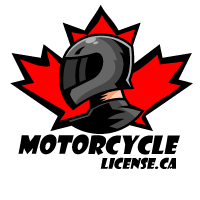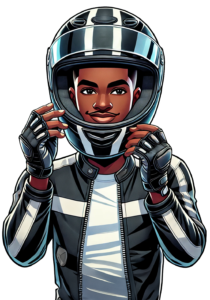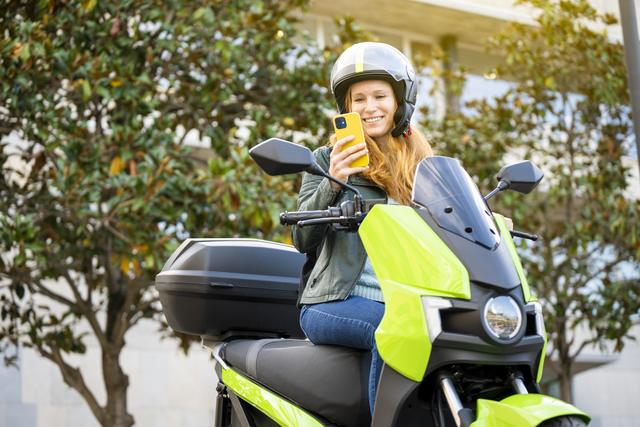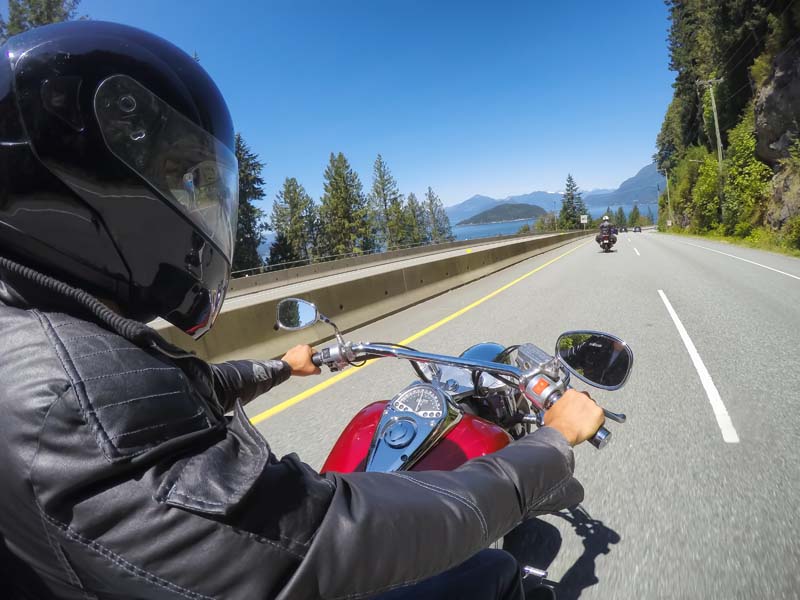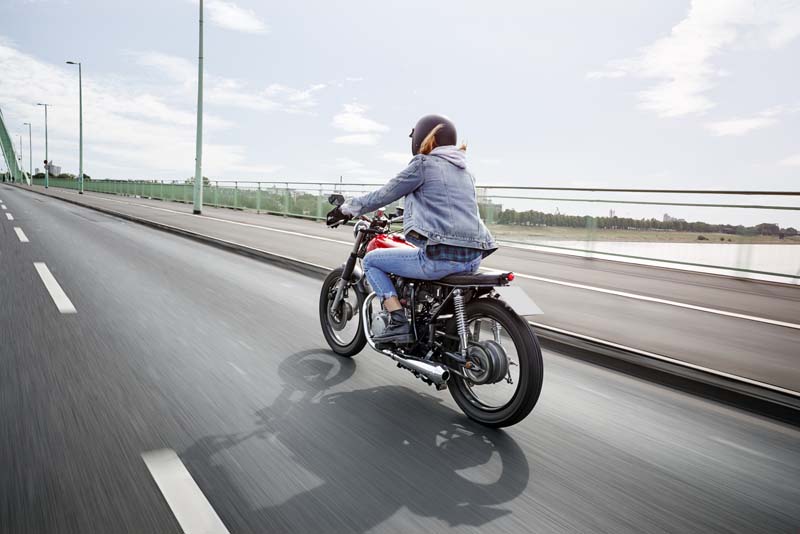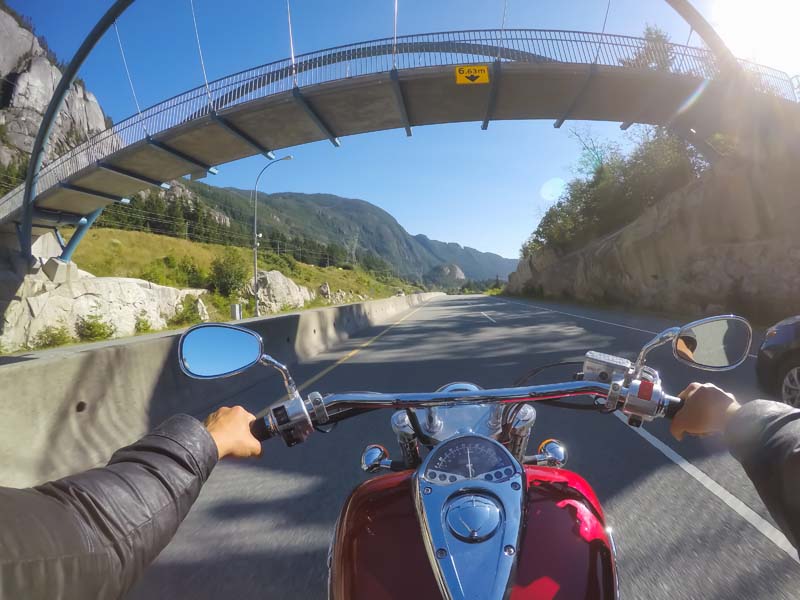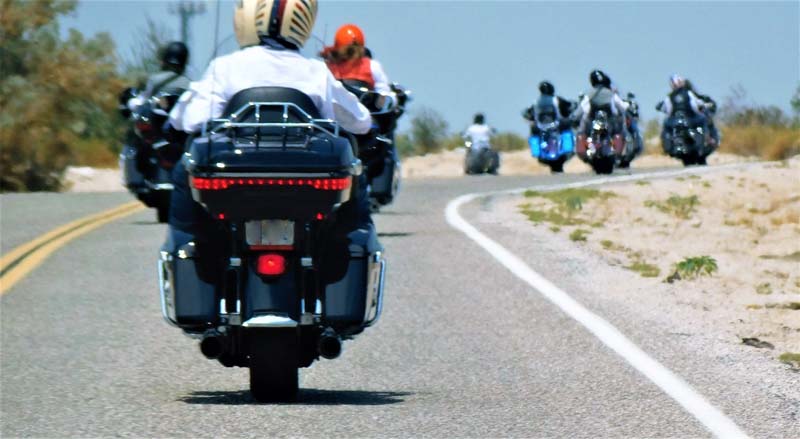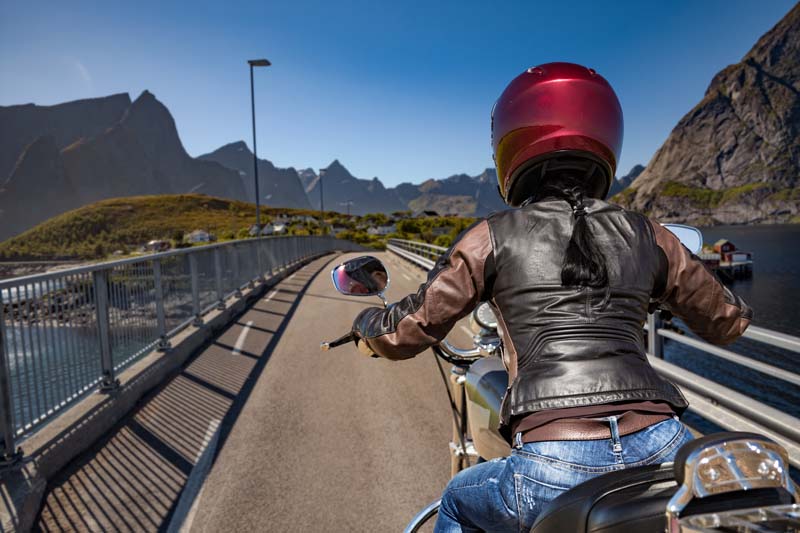If you’re staying out past your bedtime, you’ll likely find yourself riding home in the dark. The problem is, there are different dangers at night that the average street rider might not be prepared for. But knowledge is power, and today, we’re giving you five tips to keep you safe when you’re stuck riding after dark.
So, what’s the biggest difference between riding during the day and at night? It’s dark. Even if you live in a well-lit city or suburb, there will still be areas where streetlights don’t reach. To navigate those dark spots, you’ll need to ditch that smoked visor.
I prefer wearing sunglasses, not just because they look good, but because I often ride at night. It’s much easier to carry a pair of sunglasses and a clear visor, instead of having to swap between a tinted and a clear one. If I get caught out after dark, all I need to do is take off my sunglasses, tuck them into my shirt, and I’m ready to go. No need to carry a second visor or find a place to store the old one. While some might argue that riding with a tinted visor is fine, simply flipping it up isn’t always the best option.
Now imagine riding with your eyes adjusted to the dark, and suddenly, a car passes by with high beams on. It happens often. Suddenly, you’re blinded by the lights, and if you’re wearing a darkened shield, it becomes even harder to see. Sunglasses are just the better choice.
Secondly, the human eye takes time to adjust to different lighting conditions. The rods and cone cells in our eyes can take up to 20 minutes or more to fully adapt. That’s why you see those tracers in your vision after looking at a bright light. The same happens when you step from a bright sunny day into a dark room.
Riding a super sport at night can be exhilarating, especially when you feel tempted to push your speedometer to its limit. But slow down, Speed Racer. You don’t want to be riding faster than your headlight. Even though motorcycles aren’t nearly as fast as the speed of light, your headlight only illuminates about 25 to 40 feet ahead. At 100 km/h, you’re covering 88 feet per second, which leaves you less than half a second to react to obstacles.
You also shouldn’t be riding with your high beams on unless you’re in the countryside. While you might think it makes you more visible, it can actually blind oncoming drivers. If you’re riding an older bike with side-by-side headlights, this could even confuse drivers into thinking you’re a distant car.
The safest way to ride at night is to slow down and stick with your low beams. You may not want to look like a giant safety cone, but brighter gear does make you more visible to other drivers.
Now, you don’t need to go full neon with your gear, but subtle isn’t always the best option either. Opt for brighter colors that match your bike. Whites, reds, and blues are more visible at night than black and gray. Consider a helmet that contrasts with the rest of your gear to help drivers spot you more easily. Personally, I wear a white helmet to stand out, even though it’s got a less-than-ideal skull graphic on the side. Anything that helps avoid getting rear-ended is a win in my book.
It’s not just headlights that can mess with your night vision. Many modern motorcycles come equipped with large, bright displays, but these often have a night mode. Even so, you don’t want extra light in your face while riding. I’m all for having your phone mounted on the handlebars, but I recommend turning off the screen at night for the same reason. Distractions from lights on your dash can compromise your focus on the ride.
